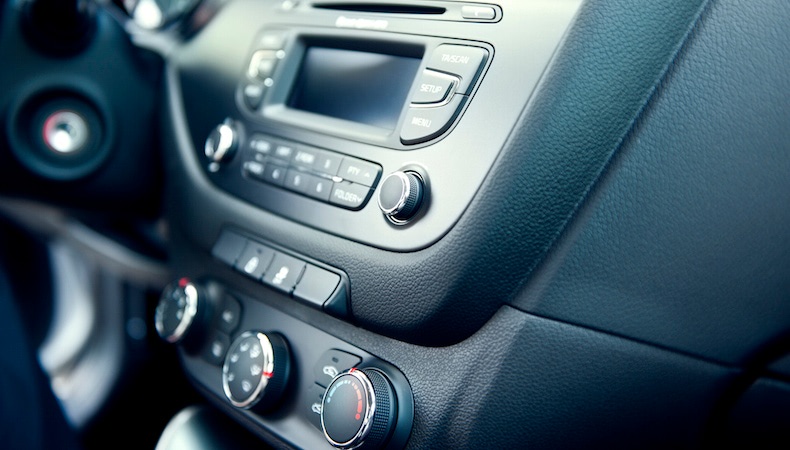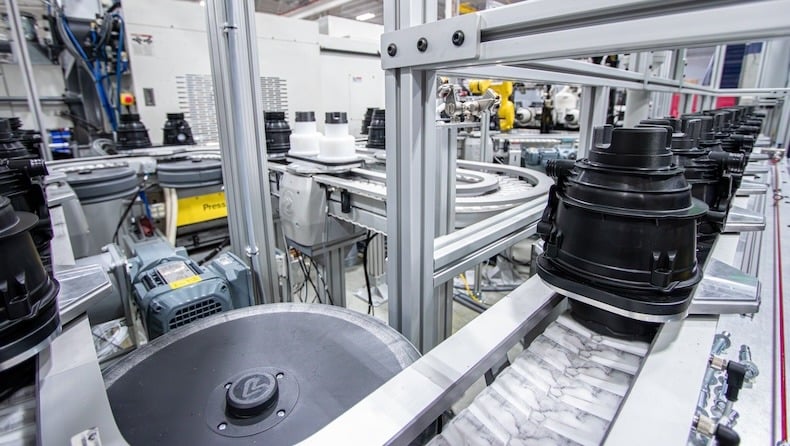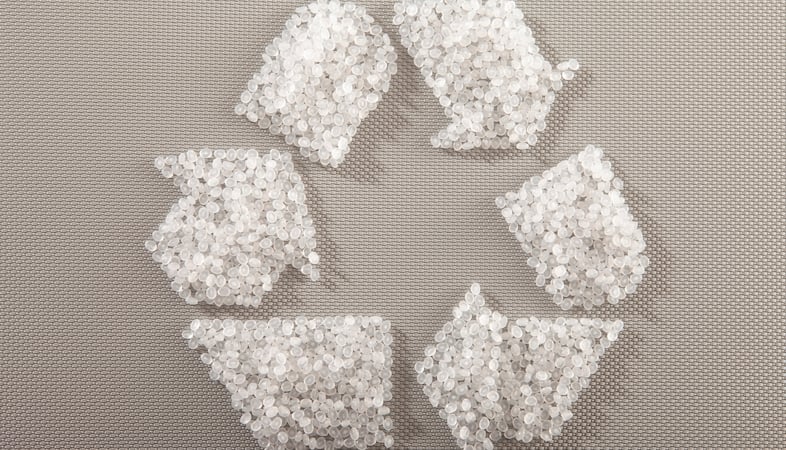4 Common Automotive Molding Defects and How to Solve Them

Plastic automotive components can be susceptible to rework, rejection, and budget-breaking increases in total cost of production if the parts used contain molding defects. Often injection molding defects evidence themselves during end product review — when it could be too late for a remedy.
Preventing this costly scenario is paramount because the quality and accuracy of plastic automotive molding components can affect vehicle safety and reliability. Product engineers can greatly influence outcomes when they know what to look for and partner with an experienced complex injection molder who knows common injection molding defects and solutions.
1. Short Shot Molding
Short shot molding results from molten plastic not properly filling the mold cavity and leaving some sections with no plastic. The end product is, or quickly becomes, faulty because of this inconsistency.
General causes: There are several possibilities including incorrect shot calibration or plasticizing capacities, early solidification of a plastic that is too viscous, or trapped air caused by poor degassing or gas venting.
Solutions: How to fix short shot injection molding is based on the cause:
- Fill rate or hesitation problems can be remedied by raising the injection pressure, speed, or temperature.
- Flow restrictions may be fixed by clearing frozen flow channels or through mold redesign.
- Inadequate venting is resolved by adding air vents near the end of the affected channels.
2. Lines
Lines — flow and weld — are consequences of how molten plastic travels through a mold. Flow lines are streaks, patterns or lines that show the physical path of the plastic prior to, and as it was, cooling. Weld lines show where plastics meet each other from separate parts of the mold.
General causes: Flow lines result from varying molten plastic flow speeds and directional changes within mold contours, when wall thicknesses change or injection speeds that are too low for consistent solidification. Weld lines occur when two or more flow fronts bond inadequately because of partial solidification of the molten plastic.
Solutions:
- For flow lines, injection molders will optimize injection speeds and pressure, adjust locations where wall thicknesses and flow directions or speed abruptly change, or locate gates within the component’s thinner walls.
- For weld lines, injection molders will raise molten plastic temperatures, increase injection speeds, rethink the design to make it a single source flow, or switch to a plastic with less viscosity or a low melting temperature.
3. Marks
Marks — sink and burn — are cratering in thicker parts of the component and brown surface discolorations, respectively. Sink marks indicate shrinkage within the inner portions of the component, and burn marks represent materials degradation.
General causes: Sink marks can happen because of insufficient cooling and curing, incorrect cavity pressure or excessive gate temperatures. Burn marks are caused by excessive heating of materials or injection speeds that are too fast.
Solutions:
- For sink marks, injection molders will lower mold temperatures, increase holding pressure or adjust holding times for more cooling and curing.
- For burn marks, injection molders will reduce injection speeds or mold and melt temperatures, and optimize degassing/gas venting.
4. Warping
Warping results from uneven shrinkage across the various parts of the mold.
General causes: Cooling is non-uniform, and the materials are stressed. Parts often twist, bend or are otherwise deformed when the internal stresses are released.
Solutions: Injection molders prevent warping by:
- Monitoring and adjusting cooling times to minimize residual stresses in the part,
- Designing the mold with one wall thickness to ensure molten plastic flows in only one direction,
- Selecting plastics with a low susceptibility to shrinking and deformation, which means typically staying away from semi-crystalline materials.
Preventing or fixing injection molding defects in automotive molding applications is a top priority for product engineers, and they seek out complex injection molders with the experience, knowledge and attention to detail required for success in standard or custom injection molding. Learn more in the Guide to Designing for Critical-Use Automotive Applications. Click the button below to download your free copy.
Subscribe
TO OUR BLOG

How Do Injection Molder Partnerships Influence Project Costs?
You Might Also Like...

Kaysun Integrates AI on the Production Floor with RJG CoPilot
Industry 4.0 has made manufacturing more dynamic than ever before. Merging IoT, AI…
READ MORE

How Kaysun’s Culture of Sustainability Benefits OEMs and The Planet
Injection-molded parts and products are staples for OEMs in industries ranging fro…
READ MORE

12 Common Injection Molding Questions — Answered!
Injection molding is a versatile and precise process, making it ideal for OEMs tha…
READ MORE
